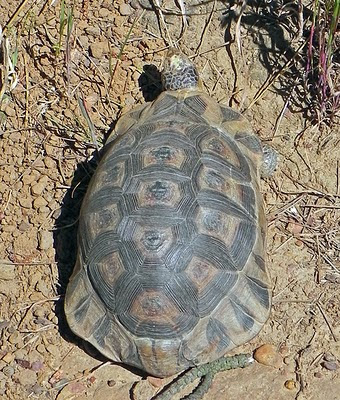I've been sick this week, but I just had to go check on the cameras at the quarry. It was a pleasant spring day, and even though the hills where calling I didn't feel up for the trip to do the Cuddeback camera as well, it will have to wait.
Ah, yes, Dassies... Do I need to say more? I believe the picture speaks for itself...
The main purpose of the quarry visit was to add Dassies to the list of species (photographed with a camera trap) at Tygerberg. I was also hoping for some new species or to discover some other unexpected visitors that might use the quarry. Unfortunately I didn't get any new species (in addition to the Dassies).
I still think there might be a new species out there amongst the rocks... I think I'll have to look for new locations that might be better for rodents and the like next time I check the Bushnell Trophy Cams.
A Dassie/Rock Hyrax (Klipdassie - Procavia capensis) confidently navigating the rocky terrain
Unfortunately, not all Dassies are made equal
Dassies are amazingly agile for such stocky, chubby, bulky, awkward little creatures. One of the cameras was set to video mode and captured the reaction of the Dassies as I approached the camera trap.
Video: Dassies dashing for cover as I approach
Together with Elephants, Aardvarks, Golden Moles, Elephant Shrews, etc. they belong to the superorder
Afrotheria. It is believed by some that long ago many (now extinct) herbivores from this group were the dominant grazing animals on the African continent, but were out competed by animals from the
Laurasiatheria superorder when they crossed into the continent from the northern landmass.
Dassies are grate at relaxing on the rocks, soaking up the sun
Later this week I'll post some photos of a few bird species that also visited the cameras and the only other mammal that I managed to capture this time round at the quarry.
A bold young fellow that kept me company while I checked the first camera


























